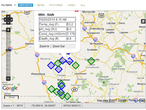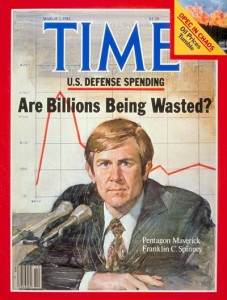Human-centered computing should be–but is not today–about connecting all humans with all information in near-real-time, while providing back office tools that elevate the human brain and more properly plan information and communications technologies in a support role. See for example our Citizen-Centered Graphics and all of the OSS/EIN Books. Where the emergent meme is off-target is in focusing on the relationship of the computer to the individual, rather than the whole. Hacking Humanity is the new meme.
TRADITIONAL
Human-Centered Computing (Wikipedia)
Human-Centered Computing Cluster (HCC)
Human-Centered Computing in Education (Links)
Human-Centered Computing: A Multi-Media Perspective (PDF circa 2005)
WORLD-BRAIN ORIENTATION
Review: The World Is Open–How Web Technology Is Revolutionizing Education
Review: Making Learning Whole–How Seven Principles of Teaching can Transform Education
Review (Guest): Cognitive Surplus–Creativity and Generosity in a Connected Age
2010: Human Intelligence (HUMINT) Trilogy Updated
Review: Holistic Darwinism: Synergy, Cybernetics, and the Bioeconomics of Evolution
Review: Consilience–the Unity of Knowledge
Review: The Unfinished Revolution–Human-Centered Computers and What They Can Do For Us
Review: Philosophy and the Social Problem–The Annotated Edition




